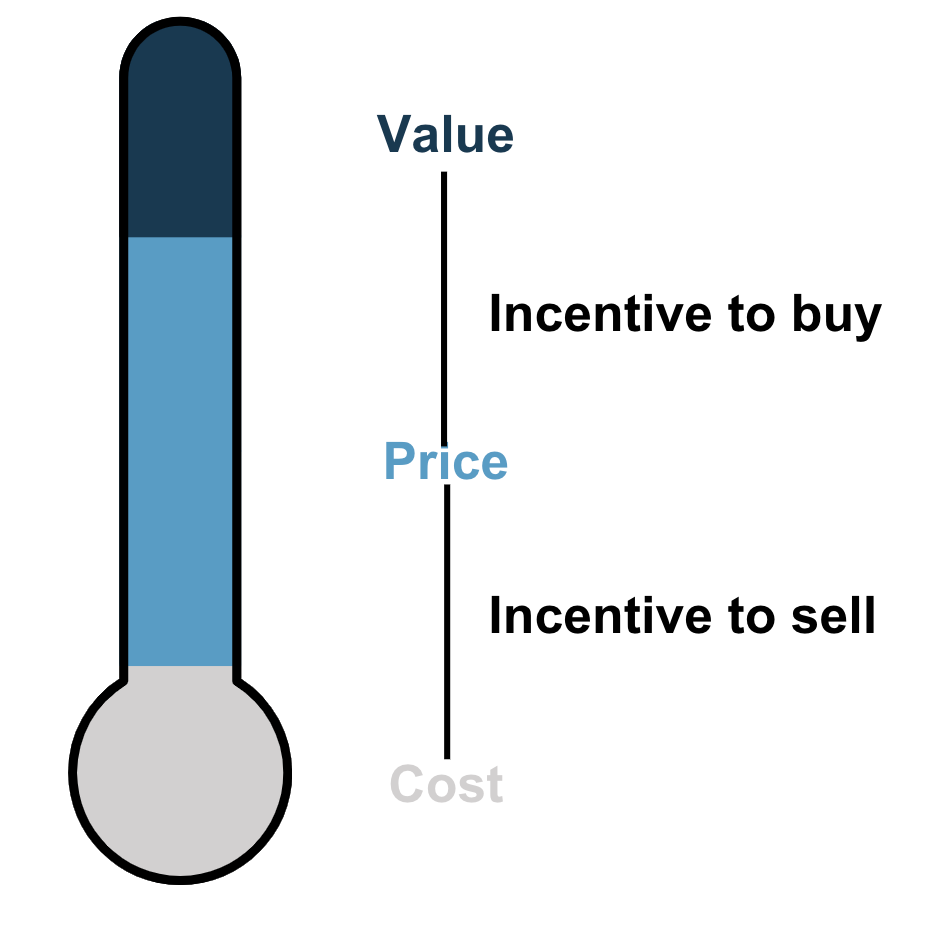#009: Segmentation Isn’t Just for the Big Players
Simple steps to fine-tune your offerings and improve Pricing
Happy Saturday Dear PriceCrafter!
I’m back from my holiday and ready to dive into something that’s been on my mind.
Before my break, I had an interesting discussion with an Australian social enterprise founder named Ben. His organisation is focused on balancing profit with purpose -half of its profits go directly back to supporting the community.
I believe in creating impact and giving back, so Ben’s idea immediately caught my attention.
Ben and his team noticed a troubling trend post-COVID: many school kids in Australia are less engaged with sports. Sports were a big deal when I lived there eight years ago, so seeing such a shift is surprising.
Ben’s solution?
A program where Olympians and world champion athletes deliver content designed to engage and motivate kids. The idea is that parents will foot the bill for this high-impact experience.
“We want to charge $1 a day,” Ben told me. “What do you think?”
This is a common scenario I encounter.
Founders often have a price point in mind and seek validation to ensure it makes sense.
As you have been following this newsletter, you would know that pricing is much more than setting a price point. The price point is typically just a natural by-product after going through a rigorous framework.
Instead of commenting on whether $1 a day is reasonable, I took Ben on a longer journey.
Today, I want to share that journey with you.
We will focus on Segmentation and why it’s crucial for any product or service, even if you are targeting a niche market or are not planning to price differently.
Understanding Segmentation
Pricing segmentation involves categorising your customers based on their needs and preferences.
Some of those needs and preferences are so big that people are willing to pay different amounts to satisfy them.
Often, product designers treat all customers the same, offering one-size-fits-all solutions. This is particularly true if one feels like they are already serving the "niche."
"It's already a niche; I can't segment them further."
I encourage you to try.
Let’s see how we could break down the ICP (Ideal Customer Profile) for Ben.
Step 1: Identifying the True Customers
Tell me more about the parents, Ben,” I asked.
In this B2B2C model, the kids are the consumers, but the parents are the real customers since they pick up the bill.
"$1 a day means $365 per year for one child. Do parents have that kind of budget for your program?" I continued.
Ben responded confidently, "Parents, especially those with kids in private schools, invest heavily in activities like this. I know some who spend thousands to get their kids into golf courses."
Here, we've identified the customers as parents with school-age kids, potentially parents with kids at private schools (or public schools if you are in the UK).
You would think it is quite a niche group, but here's the thing.
While segmentation is a powerful way to ensure no money is left on the table (see below), it serves a more important purpose - to truly understand your customers.
Even within what might seem like a niche group, there can be significant differences in needs, priorities, and willingness to pay.
These differences can profoundly impact how they perceive value and, consequently, how they respond to your offerings.
Step 2: Listing All Customer Needs
When dealing with a seemingly well-defined customer base, it is tempting to treat all customers the same to simplify things.
While I am the biggest fan of minimalist Pricing design, this approach can sometimes lead to missed opportunities for deeper engagement and, potentially, higher profitability.
Even though I don’t have kids, I can see that a program during school hours offers different value than one after school or during summer holidays.
School-hour programs offer a unique learning experience, while after-school or holiday programs also serve as alternatives to childcare.
Listing out all customer needs can reveal nuances which could lead to additional monetisation opportunities.
Here are some potential segments for Ben’s program:
Enhance and motivate kids to engage more in sports.
Parents who are passionate about sports want their kids to develop similar interests.
These parents are more likely to invest in programs that feature high-profile athletes who can serve as role models.
Provide kids with meaningful after-school activities.
Parents looking for structured, enriching activities for their kids outside of regular school hours. This group may value convenience and the educational component as much as the athletic one.
Offer an alternative to babysitting.
Parents who need childcare solutions during holidays or after school.
For them, the program’s value lies not just in the quality of the sports instruction but in the time it frees up for their work or other activities.
Step 3: Defining the "Minimum Viable Feature" for Each Segment
Now we've identified these segments, the next step is to tailor the offerings to meet their specific needs.
This doesn’t necessarily mean you have to create entirely different products for each segment. More often, it’s about emphasising various aspects of the same product.
For example:
Enhance and Motivate Kids to Engage in Sports
Focus on the involvement of high-profile athletes.
The presence of Olympians can be seen as a once-in-a-lifetime opportunity which calls for a premium price.
Provide Meaningful After-School Activities
Emphasise the variety and structure of the activities.
This segment might be less concerned with the athletes' fame and more interested in the breadth and quality of the experiences offered.
Offer an Alternative to Babysitting
Highlight the program’s convenience and the extended hours.
For these parents, the value proposition might include the peace of mind that comes with knowing their children are engaged in productive activities while they are at work.
Step 4: Testing Price Points and Communication
Now that you've identified segments and tailored your offerings, it’s time to test your price points and communication strategies.
While $1 a day is a simple and appealing message, it is crucial to ensure that this price point aligns with the value provided and the associated costs.
Specifically, you want to make sure it falls within your pricing floor and ceiling.
If you need a refresher on estimating value creation, check out the method I’ve covered here.
At this stage, you should have a clearer understanding of whether the identified needs are significant enough to justify a higher or lower price tag.
If the needs warrant a different price, go for it! This ensures you’re capturing all potential revenue.
If not, that’s still good news. You can use this information to craft a more personalised offering.
For example, if the perceived value is similar for parents seeking after-school activities and those needing babysitting, you can package both segments into a single product.
Within that product, offer different options, such as attendance during school holidays or after-school hours.
This approach allows you to manage group sizes more effectively and allocate your athletes' time more efficiently.
What This Means for You
Even if you are selling to a niche market, don't overlook the importance of segmentation.
It’s not just about finding opportunities to price up, but also deepening the relationship you could build with your customers.
Follow these steps:
Identify the true customers: Understand who they are and what drives their decisions.
List out all customer needs: Go beyond the obvious to uncover the real motivations behind their purchasing behaviour.
Define the Minimum Viable Feature: Tailor your offerings to meet the specific needs of each segment.
Test price points and communication: Ensure that your pricing reflects the value you’re providing and that this value is clearly communicated to each segment.
I hope this is helpful.
Until next week, have a great weekend!
Cheers,
Claire
If you enjoyed this newsletter, would you write me a testimonial? It really does help!
If you enjoyed the newsletter, why not subscribe or forward it to your friends? :)
Or give me a like on LinkedIn.
Please share it with whoever that might benefit from this. Or click the ❤️ button on this post so more people can discover it on Substack 🙏







I can’t believe this has no comments! Found it randomly after a Google search. Super valuable insight!